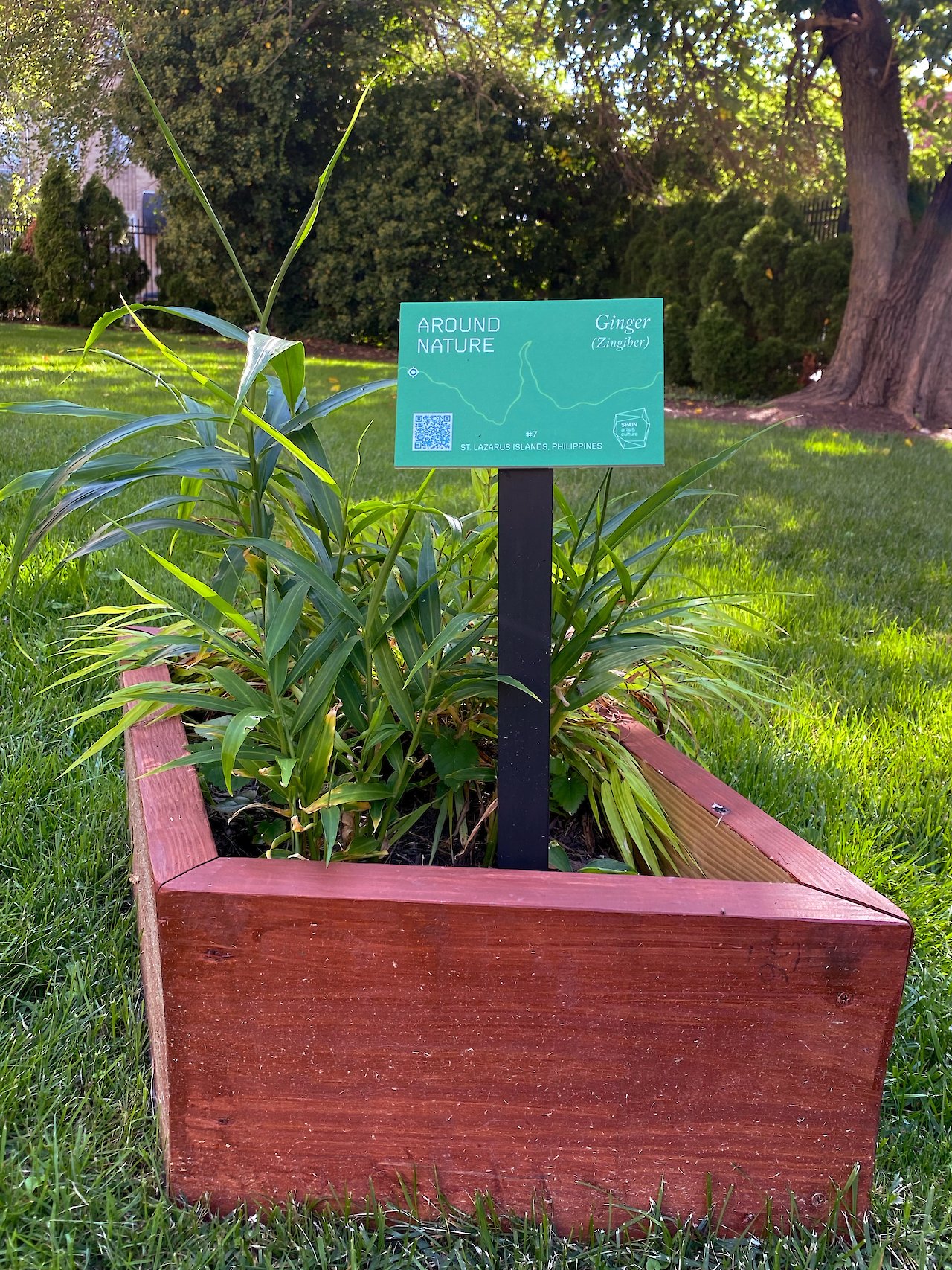St. Lazarus Islands (Philippines)
Stop 7C
Ecological capital
Legend
The height of the beds is connected with the natural resources produced and used by each of the countries today. The elevation of the beds represents the natural resources value, being the tallest the one with more Ecological Capital. This graphic contrast the percentage of global natural resources the country uses vs the percentage of global natural resources they have.
Demographics
- Native and others (98%)
- Western descent (2%)
Legend
The color of the beds is connected with the ethnographic diversity of the places they represent today. The colors ranging from natural wood to black reveal the demographic reality divided in this graphic between people from Western descent vs Native & others.
Ginger
Zingiber
Ginger originated from Maritime Southeast Asia. It is a true cultigen and does not exist in the wild. The most ancient evidence of its domestication is among the Austronesian peoples where it was among several species of ginger cultivated and exploited since ancient times. Ginger, like batatas, was carried with them in their voyages as “canoe plants” during the Austronesian expansion, starting 5,000 years ago. They introduced it to the Pacific Islands in prehistory, long before any contact with other civilizations.
After the Battle of Mactan in Cebu that ended Magellan’s life, Humabon invited the Spaniards for a great feast. Thirty officers attended, including Serran and Barbosa, the new commanders of the expedition. Towards the end of the meal, armed Cebuanos came and murdered the men. Pigafetta recounts the use of ginger in local cuisine while in the Philippines, and it was most probably an ingredient used during this betrayal.
Today global production of ginger exceeds 2.8 million tons, led by India that produces 32% of the total. 90% of the global production still happens in South and Southeast Asia.
Ginger is present in many cuisines around the globe including some countries in Europe who had colonies in mainland Asia. In the past decade the ginger market has almost doubled, and it is predicted to grow 5-7% every 7 years for the next couple decades, reaching $4.8 Billion by 2027.
